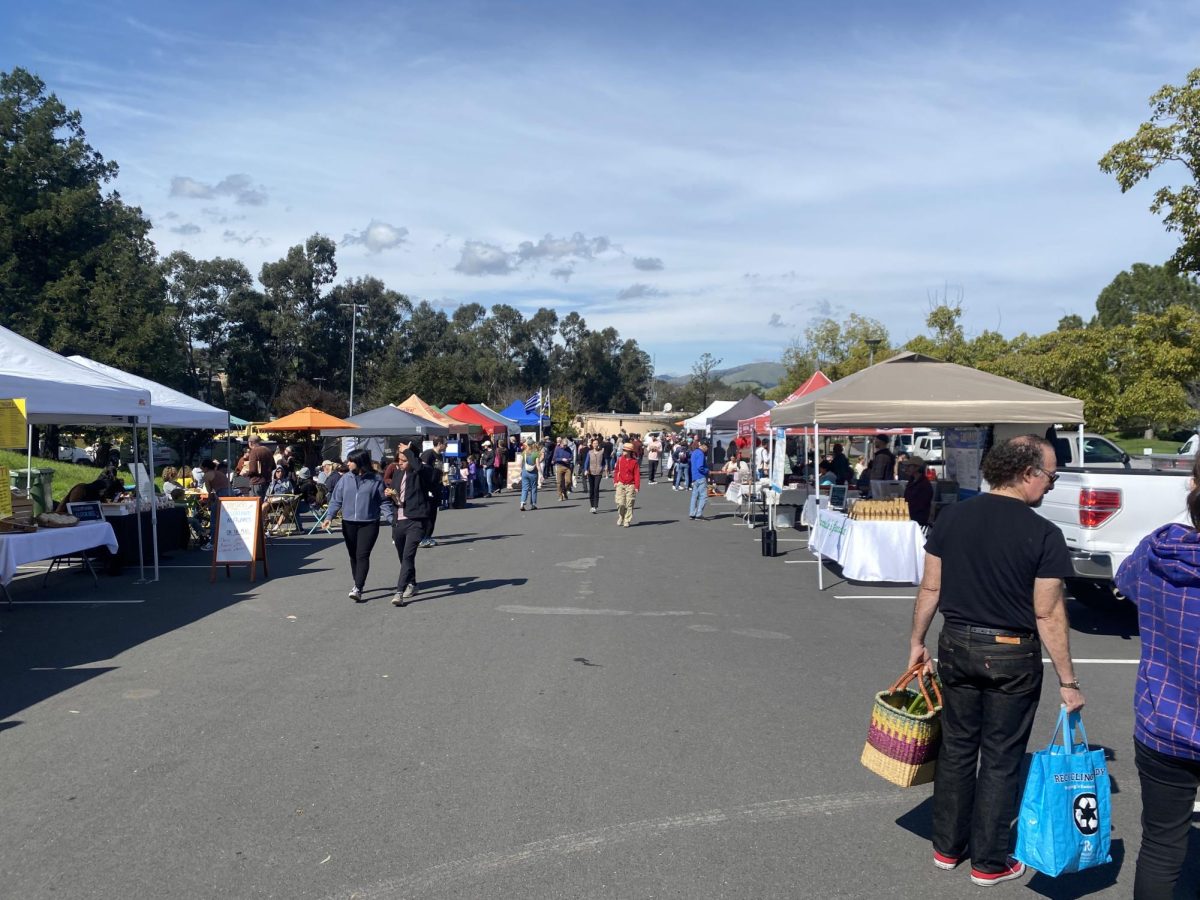For nearly all of us, Marin County is home. Marin is beautiful, Marin is affluent, Marin is educated and many would argue that there is no better place to grow up. However, at the same time, Marin is complex, Marin is materialistic and Marin is sheltered from the rest of the world.
Author and Mill Valley native Lindsey Lee Johnson would most likely agree with all of these descriptors, but overall she views the county in a different light. Inspired by her perception of Marin, Johnson’s new novel “The Most Dangerous Place on Earth” (TMDPE) delves into the complicated lives of Marin teenagers.
Set in Mill Valley, the realistic plot follows a group of Marin teenagers and their English teacher as the students navigate their way through eighth, 11th and finally 12th grade at Valley High (a fictional Tam High).
The protagonists assume somewhat archetypal roles that include: the harsh and aggressive jock, the overachiever who can’t wait to get out of high school, the boy suffocating from academic pressure dealt by his parents, the hippie girl with a traumatic past and the fresh-faced teacher struggling to form real connections with her students. Although the characters can be easily labeled as such from a distance, a closer look reveals that they are anything but stereotypical.
By intensely focusing on the differences and imperfections in each character and showing the audience what the world looks like through their eyes, Johnson is able to communicate the feelings of uncertainty, fear, pressure and loneliness, but also hope, love and everything else that comes along with being a high schooler in Marin County.
Apart from the occasional, outdated use of teenage slang (nobody says “bunk” anymore), Johnson was on the mark in regards to many of the confusing aspects of adolescence, especially here in this convoluted community.
The events of the story, such as a student-teacher affair, a life-altering car crash and an eighth-grader’s suicide, would be far from common in the real world, but unfortunately they are not unheard of in this county. Although the book is fiction, the incidents and personalities of the characters narrated in TMDPE feel remarkably real. There was more than one instance while reading the novel when, as a Marin teen, I felt a powerful connection to the students of Valley High—as if I knew them personally. And I think that’s because I do know them personally, in a way. I know the characteristics, the attitudes and the emotions. Everyone in this community does.
TMDPE references the Mill Valley 7-Eleven, Bo Ridge, High-Tech Burrito and even Redwood. It’s strange, yet satisfying, to read a novel that’s written about your surroundings, a sort of abstract narrative of your own life and the lives of everyone around you. It’s like staring into an alternate universe where your community is inhabited by different people, but the people are actually the same people that you know, aside from changed names and faces. By analyzing these not-so-foreign strangers, Johnson effectively teaches the audience that there there is always more than what can be seen on the surface and that everyone is fighting their own battles, even when it doesn’t look like it.
Johnson’s well-written and powerful novel is both geographically and emotionally relatable to teens in this community and would be a beneficial read to all residents of Marin— parents, students and teachers included.
Although TMDPE will scare the hell out of almost any parent who reads it, it will hopefully better their understanding in regards to what sort of emotions and feelings their teen may experience growing up in Marin. Additionally, students can utilize the book for reflection of themselves and their environment, while teachers can learn about some of the rare, but not-so-fictional things that occur in the lives of their students outside of the classroom.
















